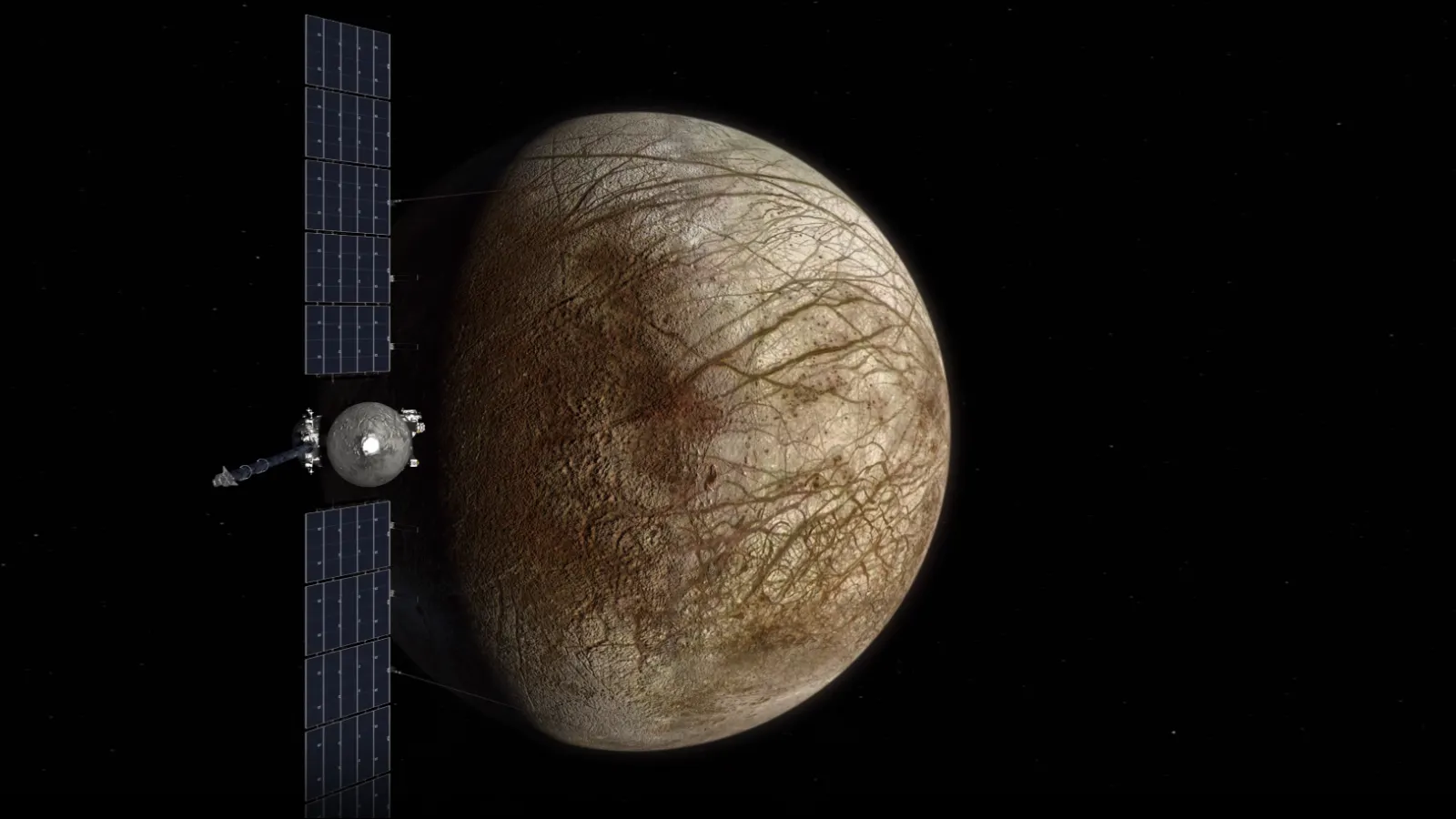The Europa Clipper is being prepped for a five-year mission to Europa, one of the moons orbiting the planet Jupiter, and on a sunny Thursday morning in Pasadena, Calif., NASA and the Jet Propulsion Laboratory (JPL) invited Decrypt and other members of the media to get an up-close view.
While there is plenty of cutting-edge tech being loaded onto the spacecraft, however, no AI chatbots will be aboard.
The Clipper mission
Launching in October, the Europa Clipper will study the Galilean moon Europa through a series of flybys in orbit around Jupiter. The Europa Clipper’s mission is engineered to document the Jovian moon and assess its habitability. It will conduct detailed reconnaissance, study the icy surface and subsurface ocean, search for signs of life, and analyze the moon's composition and geology.
The media day began at the NASA/JPL visitor center, where we checked in with security, issued our badges, and met with our guides.
Boarding a tour bus, we headed to the building where the Europa Clipper was housed and began entering “the clean room.”
Meeting the Europa Clipper
Getting ready to enter the Europa Clipper warehouse was an interesting experience. First, we were told to walk across an adhesive mat that would remove any dirt or lingering particles from our shoes.
After cleaning our shoes, we turned over all equipment we planned to take into the warehouse to be cleaned before the gear was returned to us. Next, we were taken into a room filled with gowns and protective gear to suit up.
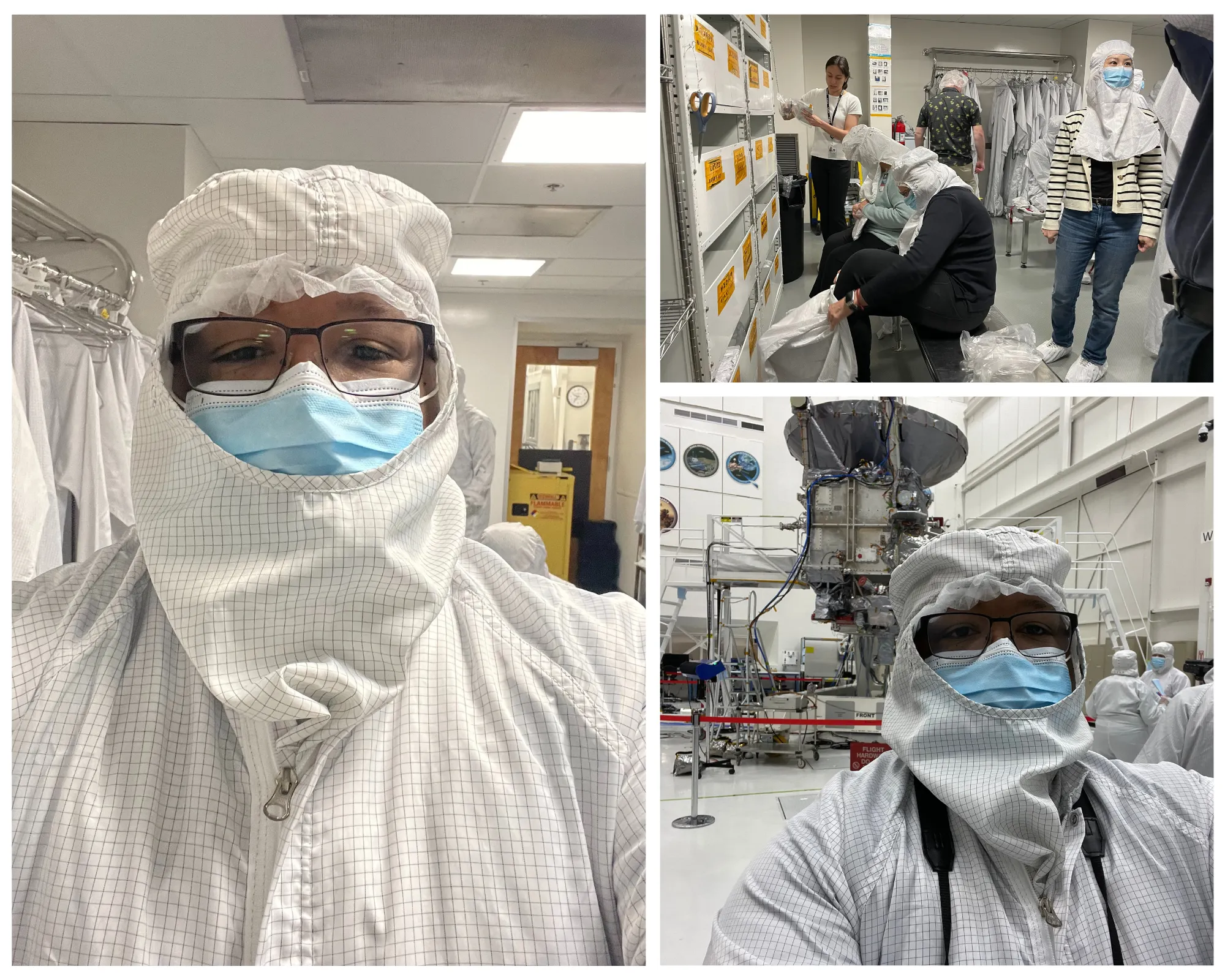
After suiting up, the last step before entering the clean room was to take an air shower to give us a last once-over to remove any dust or particles. As we entered the warehouse where the Europa Clipper was housed, the first thing I noticed was how big the room was.
“We’ll need every inch of this space when all of the pieces to the Europa Clipper are put into place, and it’s time to move the unit out,” a member of the quality assurance team told Decrypt, pointing to the high ceiling.

How it's made
My first impression of the Europa Clipper was how delicate it looked, but the team of engineers told me that the orbiter is built to take a punch.
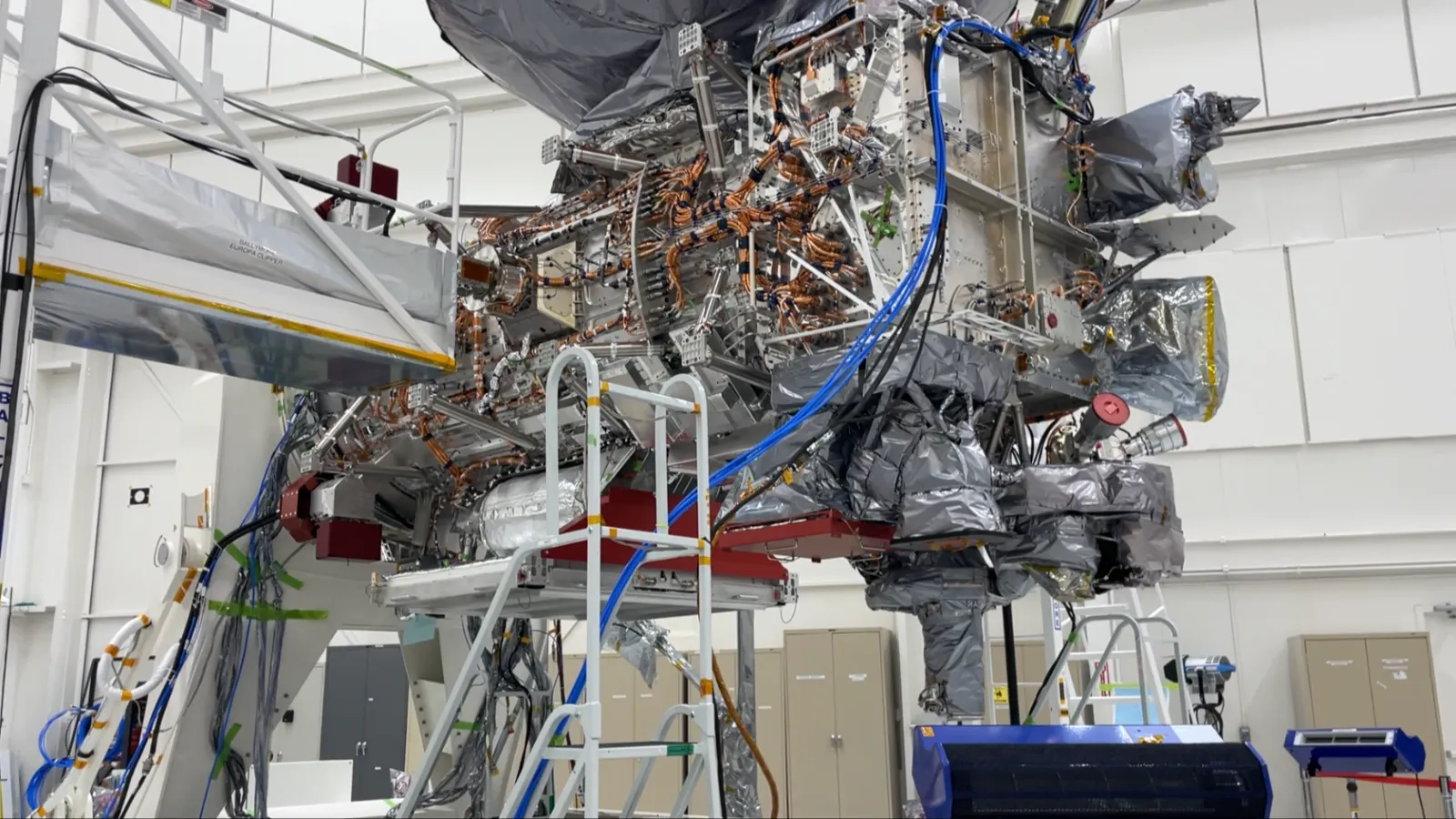
“We treat it delicately, and then we take it to a shaker that simulates the launch condition and shakes the craft really hard,” JPL Harness Engineer Luis Aguila told Decrypt. “That makes sure that everything is secure, nothing's going to break along the way, and then we test it again after that,” he said, noting that the team performed the vibration testing earlier this year.
Aguila also noted that the total weight of the Europa Clipper tops 13,000 pounds.
According to Europa Clipper Project Manager Jordan Evans, the shape and design are intentional and serve multiple purposes.
“The shape is driven by a variety of things: it has to fit inside the rocket, and the rocket only has a five-meter diameter (approximately 16.4 feet), so everything—including the solar arrays—have to fit,” Evans told Decrypt. “Then, as we do each flyby, different science instruments need to look down at the surface of the moon.”
Evans explained that some instruments are positioned to face the direction the craft is flying because they are designed to analyze the moon's atmosphere. Other instruments need to be isolated from the spacecraft to avoid interference. Evans emphasized that each instrument has specific requirements that must be integrated into the Europa Clipper’s design.
The design of the Europa Clipper, Evans said, involves a complex process of balancing these requirements to ensure that one does not negatively impact another, leading to the final design of the spacecraft.
Getting the data that Europa Clipper collects back to Earth takes a three-meter (approximately 9.84 feet) high gain antenna mounted on top of the spacecraft.
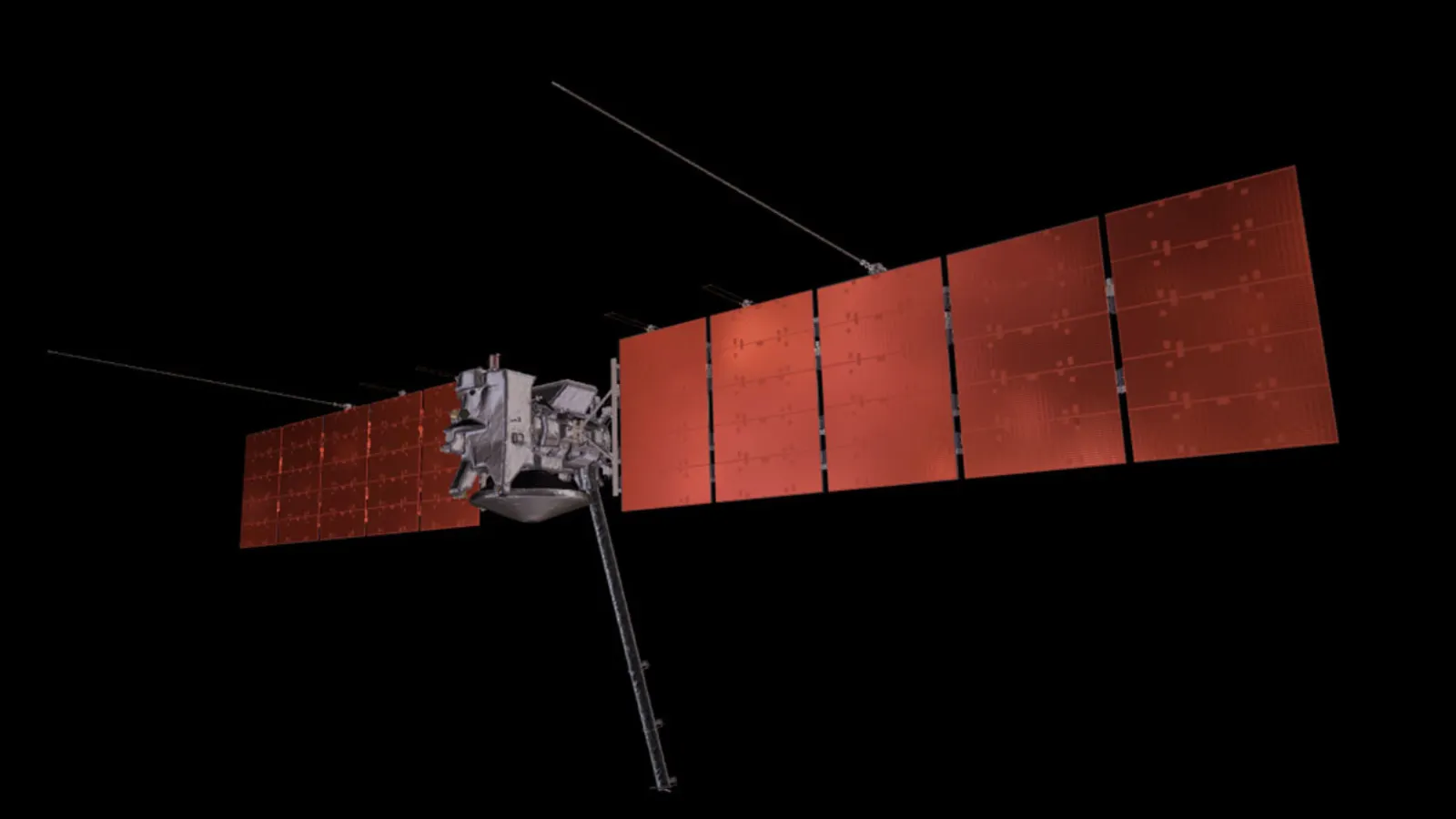
“That goes to the Deep Space Network, which is also run by the Jet Propulsion Laboratory,” Evans said. “So no matter where Jupiter and Europa Clipper are relative to Earth, one of the ground stations around the Earth has a direct line of sight to the spacecraft,” he said, adding that the craft is able to send the data through the large antenna back to those on the ground.
AI and space exploration
Artificial intelligence (AI) has played a significant role in recent space exploration endeavors. In October, a group of scientists and astronomers from Northwestern University reported using AI to identify and classify supernovae in real-time.
While artificial intelligence is playing a growing role in space exploration and NASA/JPL projects, Evans said Europa Clipper does not use AI in any meaningful way.
“It doesn't—you can think of it more like a standard computer,” added Tracy Drain, the Flight Systems Engineer. “There's software that runs on board where things are fully programmed in to tell it what to do.”
Everything the spacecraft needs to operate must be on board since accessing the cloud on Earth would mean a 52-minute delay each way.
High-tech history
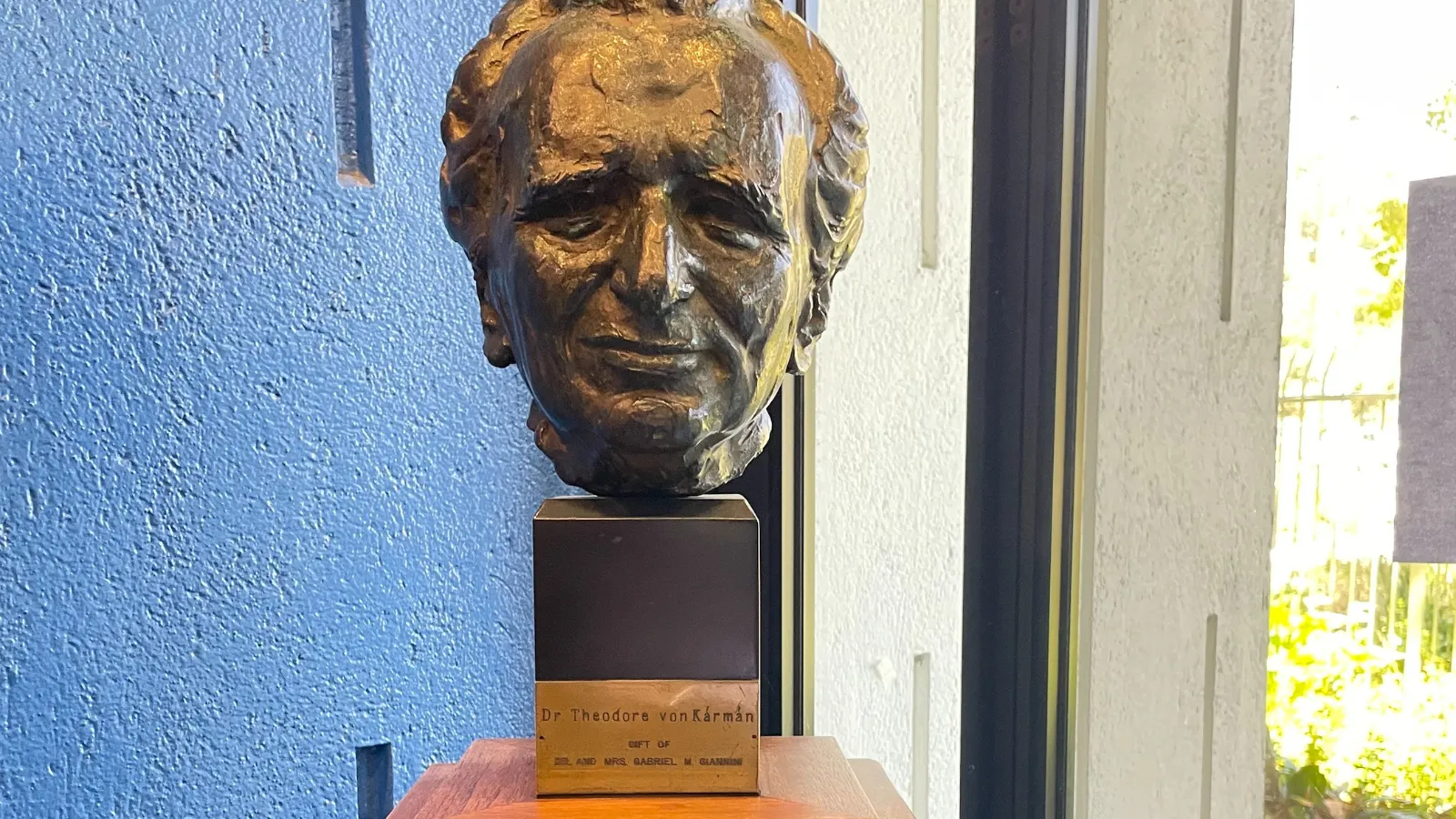
Founded in 1943, JPL traces its history back to the 1930s with the work of a group of California Institute of Technology (Caltech) students, teachers, and enthusiasts dubbed the “Suicide Squad” by their peers. The Suicide Squad included American aeronautical engineer Frank Malina, Hungarian aerospace engineer Theodore von Kármán, and rocket scientist, chemist, and occultist John Whiteside “Jack” Parsons.
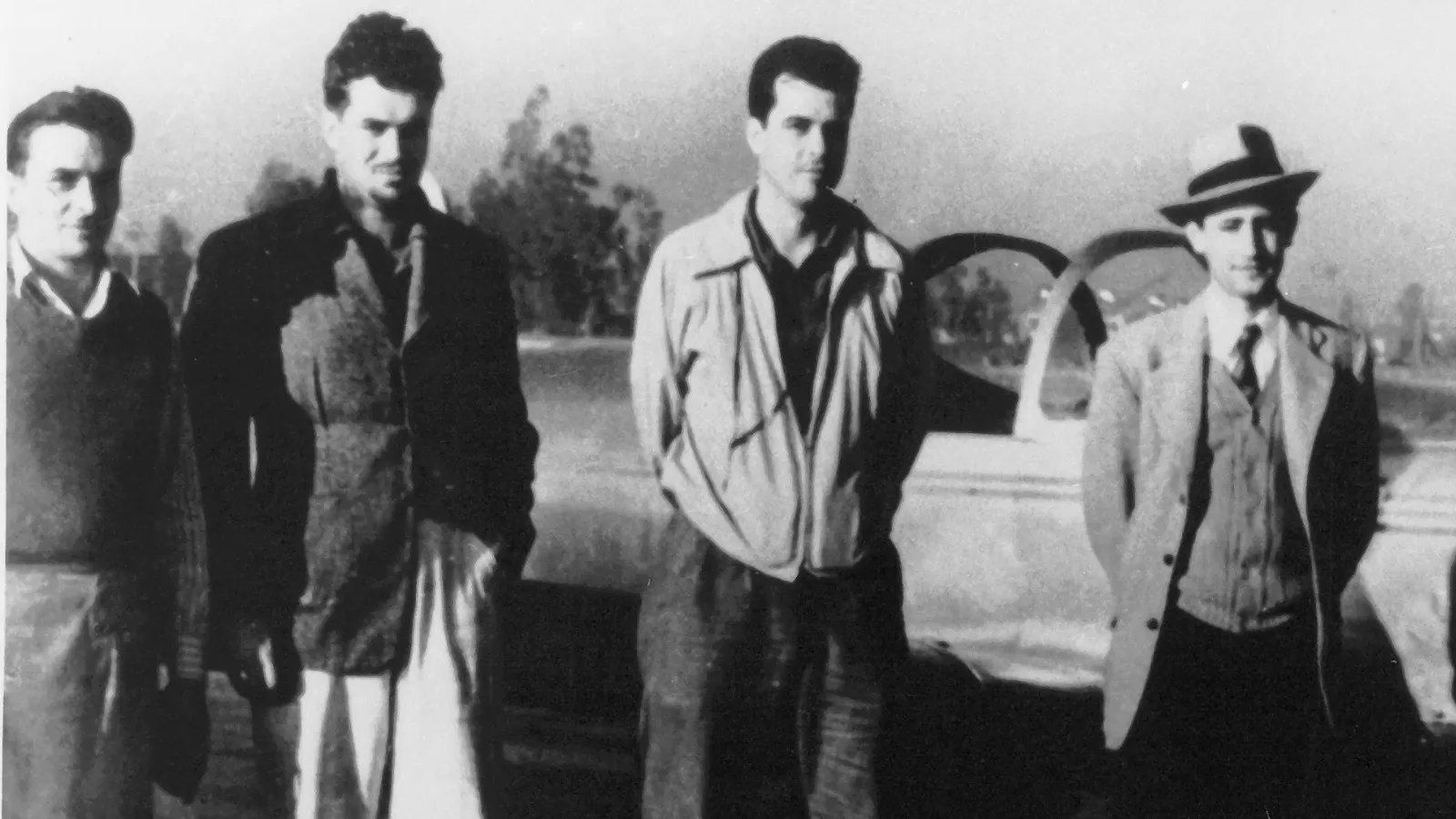
In December 1958, JPL was folded into the newly founded NASA.
After visiting the Europa Clipper and going through the process of taking off all of the protective gear, we took a shuttle bus to the von Kármán auditorium. The space was lined with posters and displays from NASA/JPL missions past and present, including Voyager, Cassini, and, of course, the Europa Clipper.
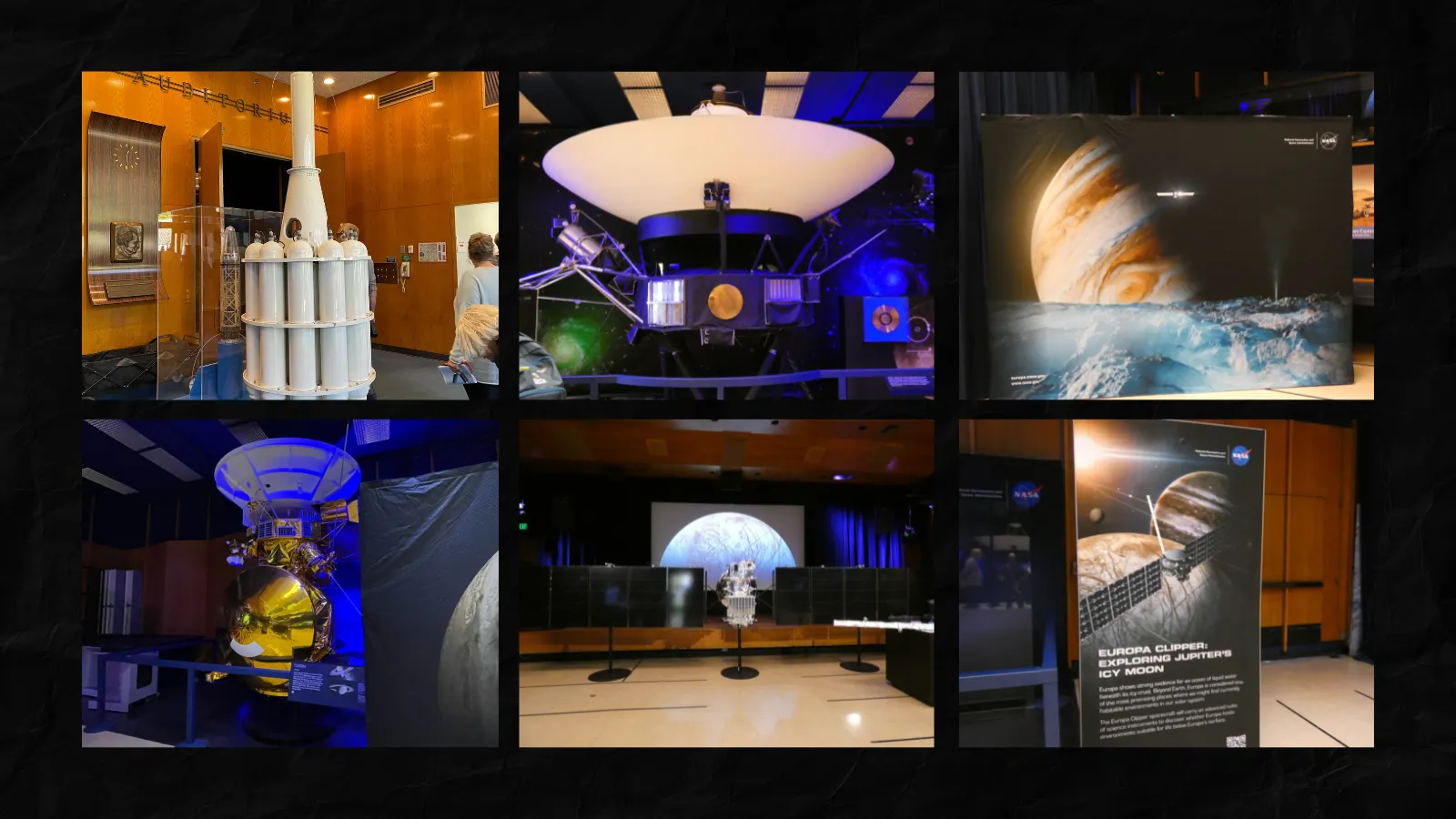
Look, don't touch
“The main goal is to search for an environment that could support life, not a life detection mission,” JPL Deputy Project Scientist Bonnie Buratti told Decrypt. “We are looking for an environment where life could form and be sustained.”
While the surface of Europa appears to be covered in ice, Buratti said, unlike the ice world in the 2014 Christopher Nolan film, “Interstellar,” it is unclear if the moon’s surface is safe to land or walk on.
As Buratti explained, evidence suggests visible sediment deposits, possibly plume deposits, forming a fragile surface. These distinct layers might conceal crevasse that could be fallen into that remaining hidden.
“One of the things that we're going to look for is activity because if you look at that picture of Europa, it looks like there are not a lot of craters on it,” Buratti said. “There has been active geology in the last at least 50 million years, which is a blink of an eye in geologic time.”
As Buratti explained, if the Europa Clipper does discover signs of life on the moon, it’s not a call for concern but for more exploration, acknowledging that landing on the lunar surface is not an option at this time.
“Right now, NASA does not plan to land on Europa,” Burrata said. “But if we did find anything that was suggestive of life, again, it's not a mission to look for that we’re looking for environments that could sustain life; I think NASA would probably plan to send [another mission] there.”
Debrief
Visiting the Jet Propulsion Laboratory was an amazing experience, and for a life-long fan of space exploration and history, it was like Christmas had come early. When asked how a student in middle school or high school who is interested in science and space could get a job at JPL, Drain said the door was open to everyone.
“My favorite thing to tell kids is that you don't have to be an engineer or a scientist to do this kind of work,” Drain said, emphasizing critical thinking as a key skill. “If you are interested in arts, journalism, computer science, and finance, there are so many ways that you can end up working here doing things that are related to space.”
Edited by Ryan Ozawa.

